I am making an analog front end for a pH probe. I encountered a design where creating an offset on the reference electrode creates an offset on the measure electrode.
How does that work? Does the charge go through water?
Based on TI application notes: https://www.ti.com/lit/an/snoa529a/snoa529a.pdf?ts=1619613280868&ref_url=https%253A%252F%252Fwww.qwant.com%252F
(The temp circuit can be overlooked.)
This circuit basically creates a voltage of 512 mV between the reference electrode and the ground, thus adding an offset of 512 mV on the measure electrode, allowing it to have positive voltage.
I don't understand how the potential of the reference electrode translates to the measure electrode.
I have made a similar circuit and I can indeed observe an offset at the output.
